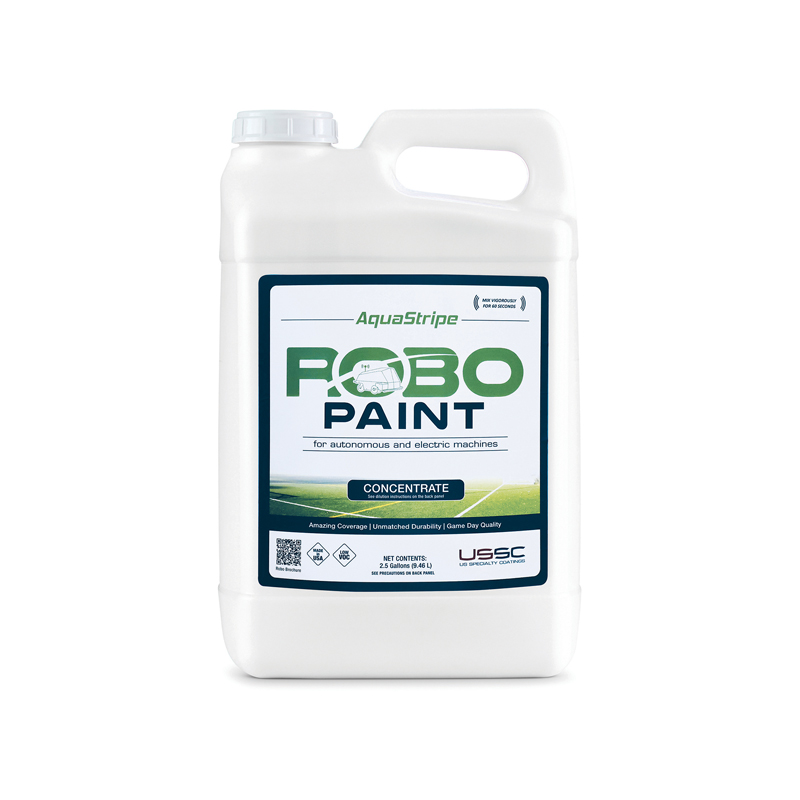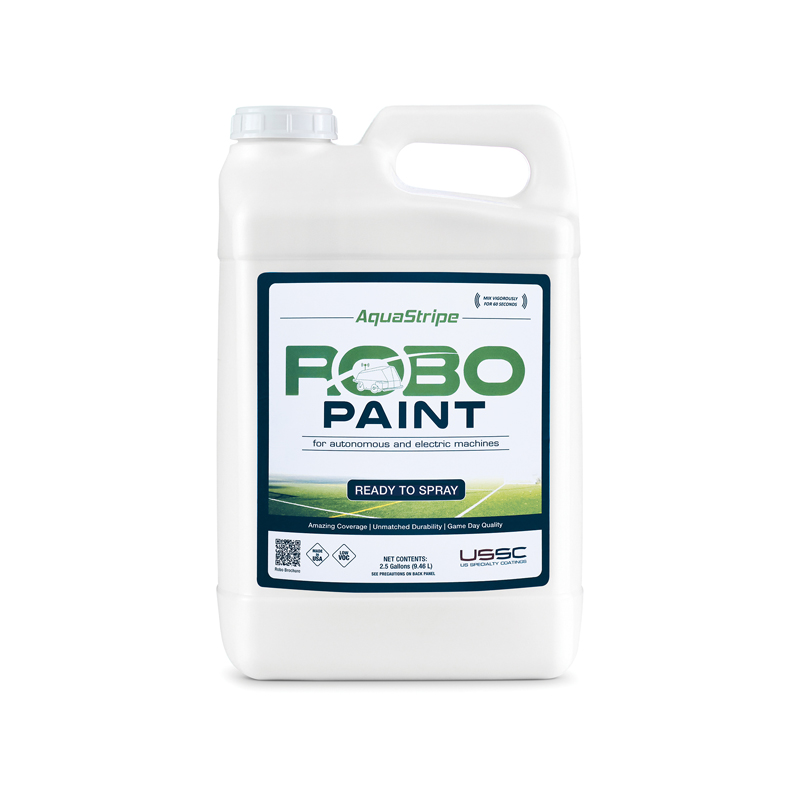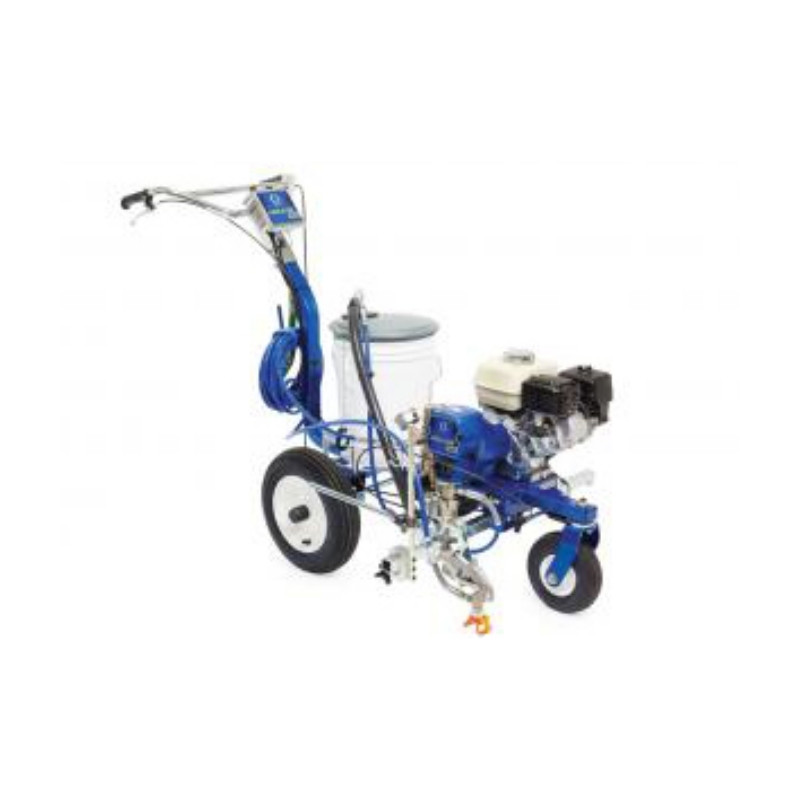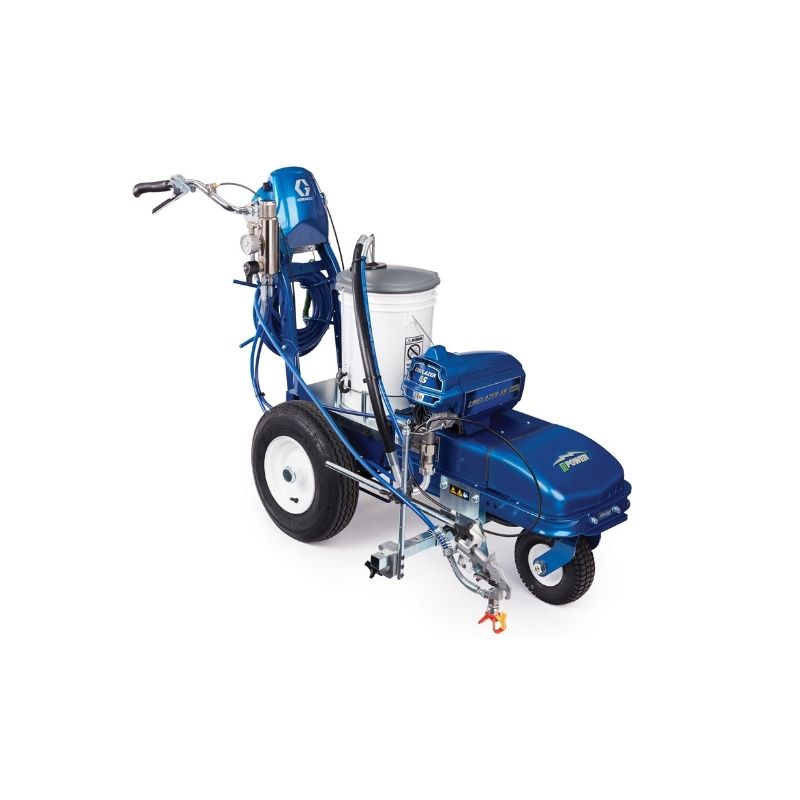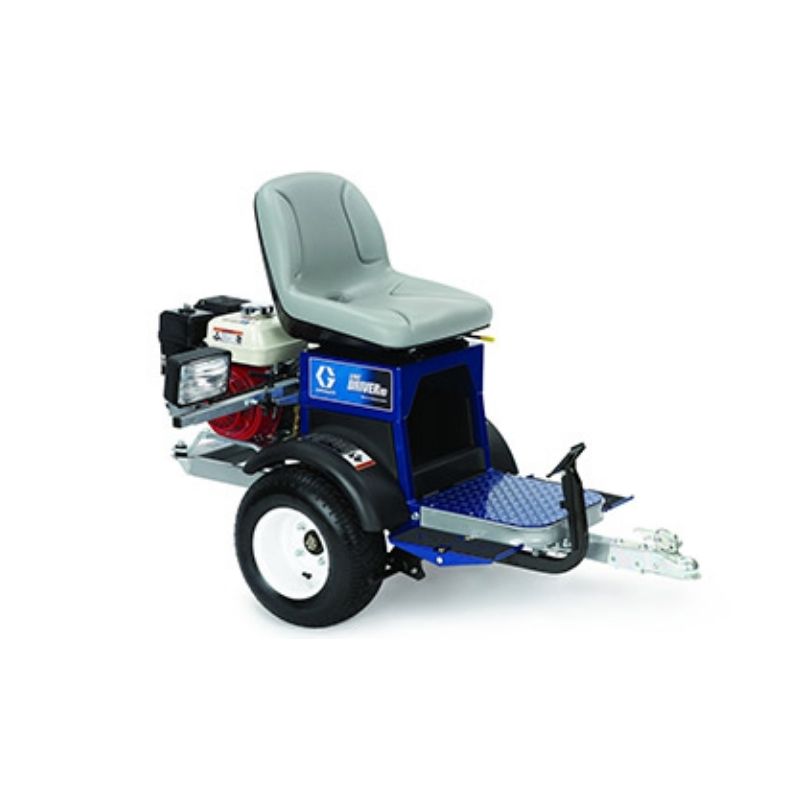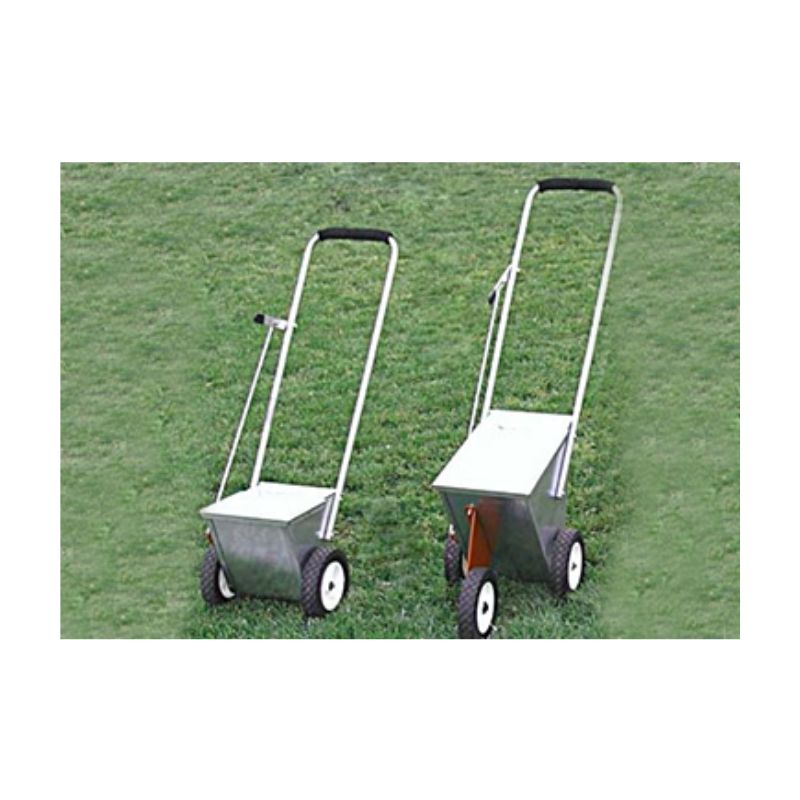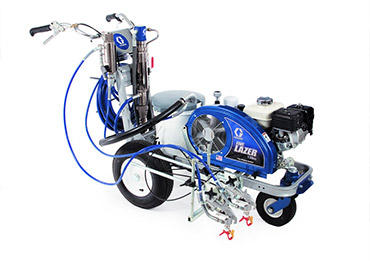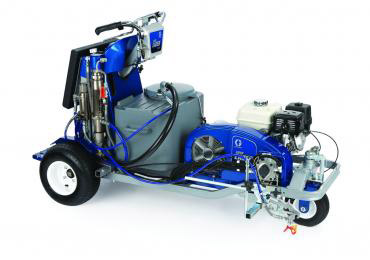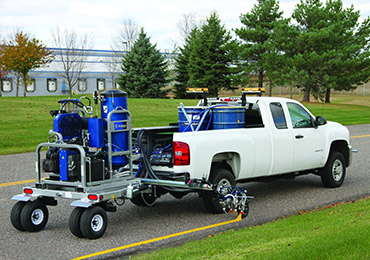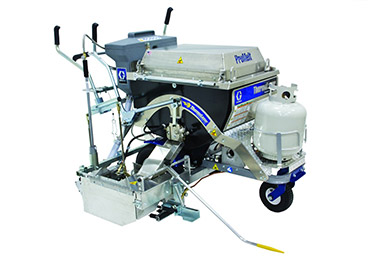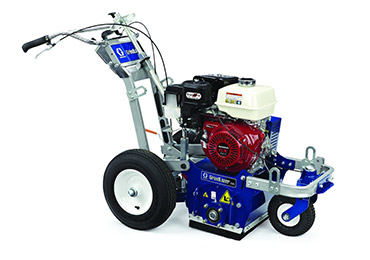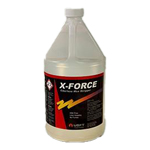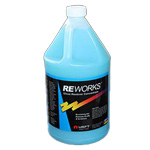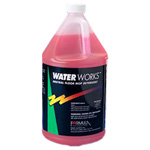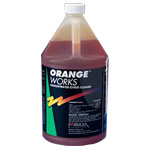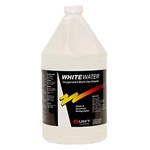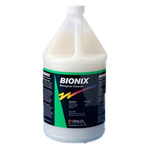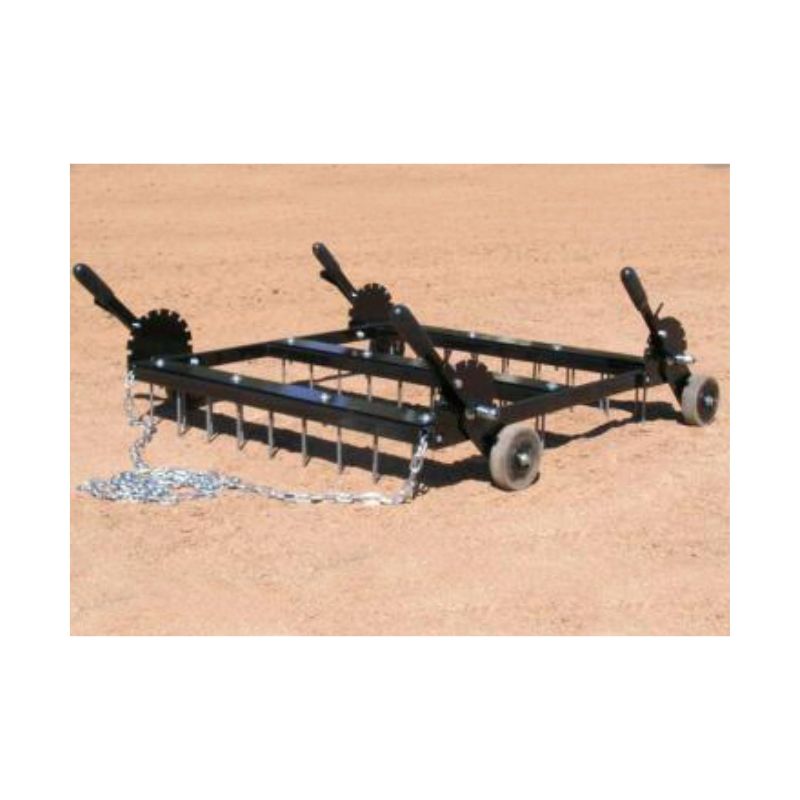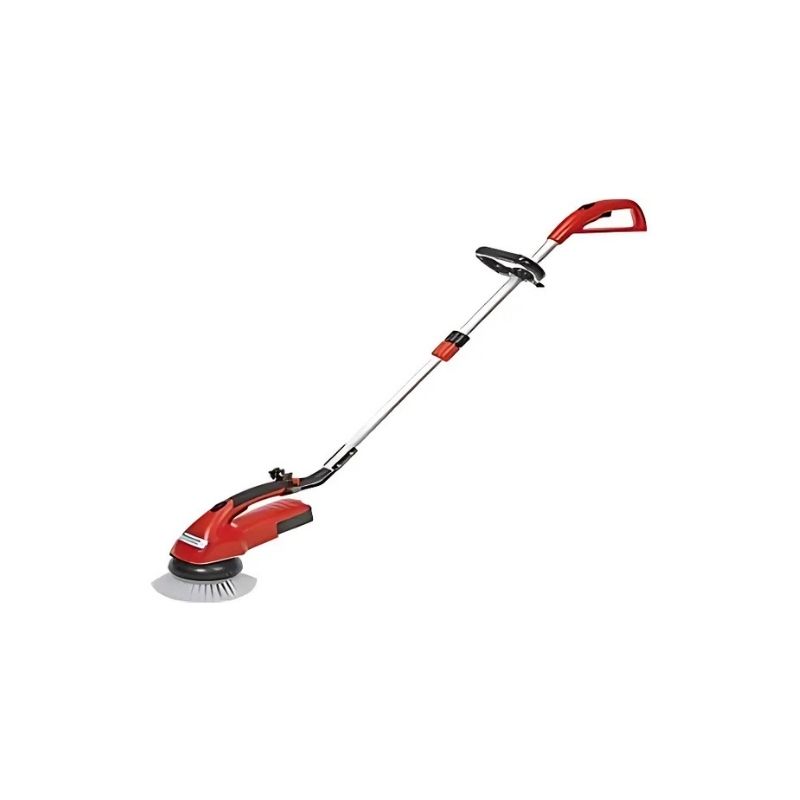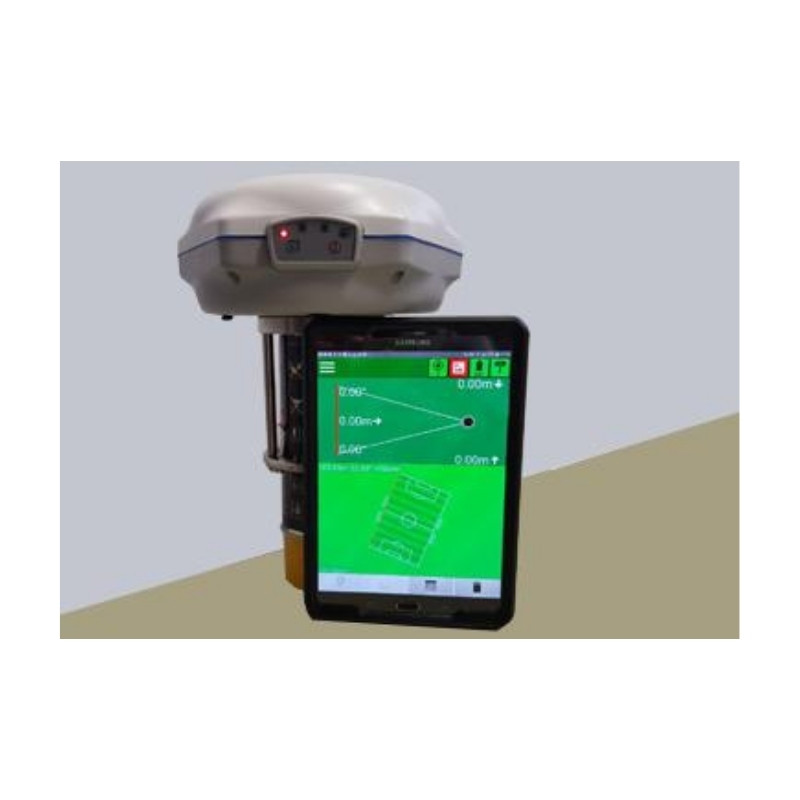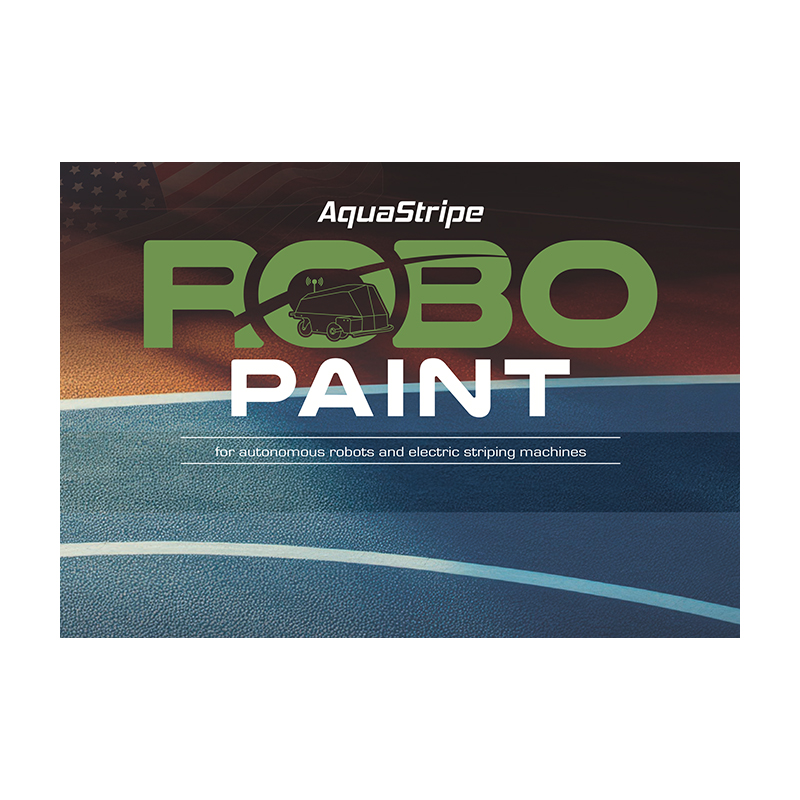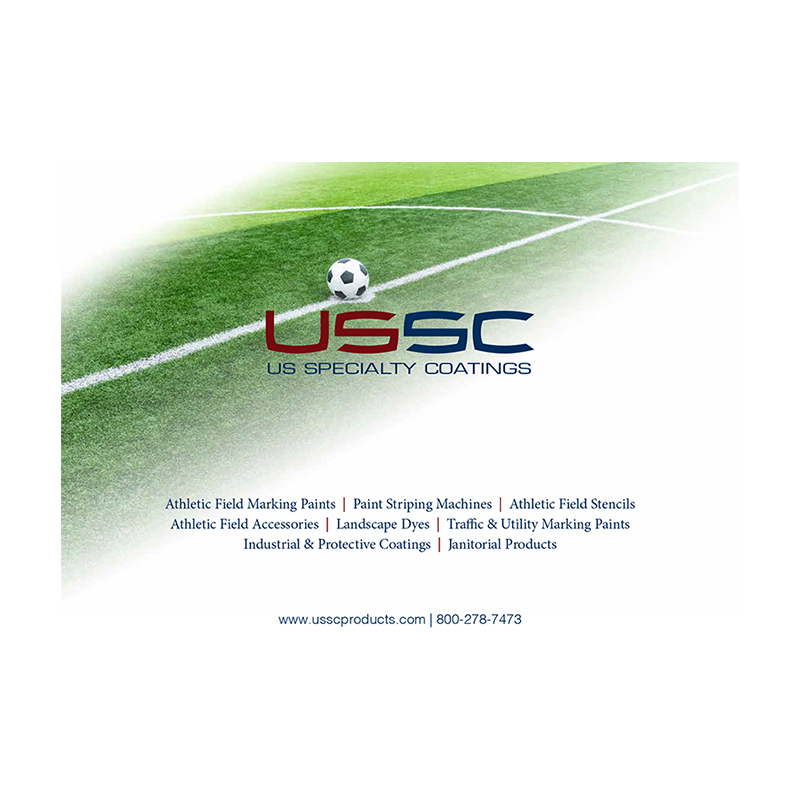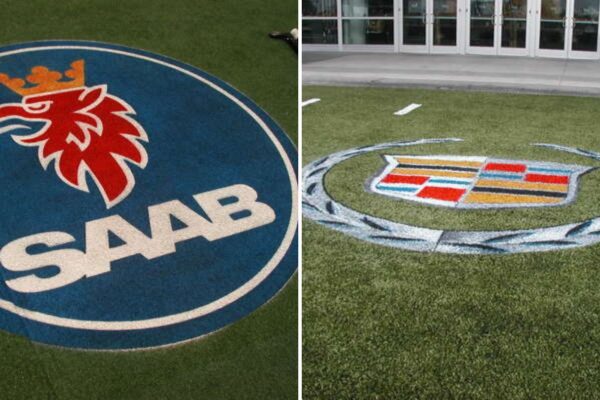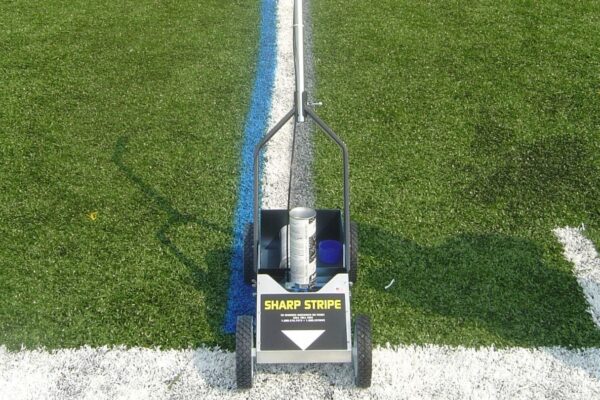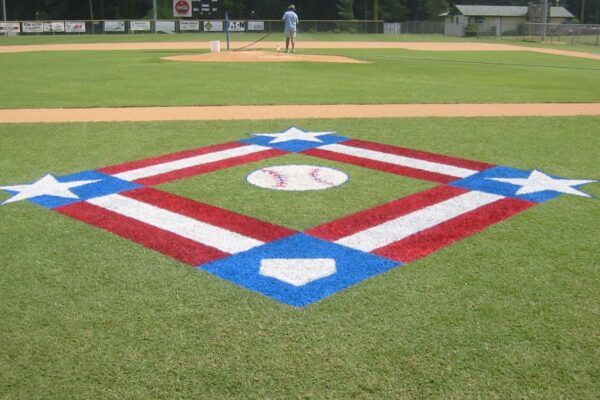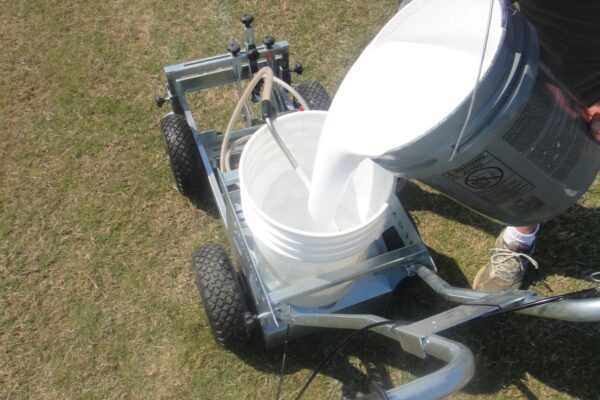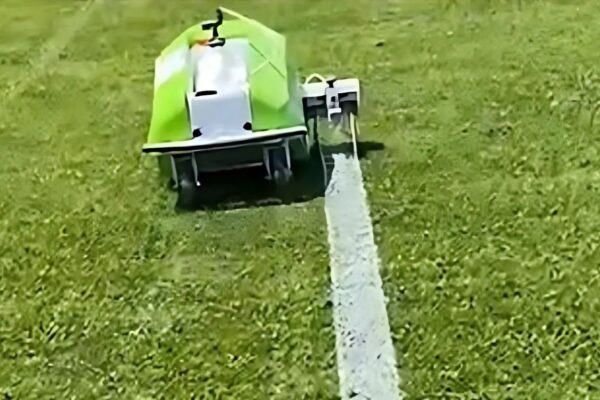Accuracy and Efficiency: Why Robot Field Paints Outperform Traditional Methods
Robotic field marking systems are transforming how sports fields and large outdoor spaces are maintained. By integrating GPS technology and automated controls, these machines achieve unmatched precision and consistency in every line they paint. Their automation reduces labor needs and minimizes human error, cutting operational costs. The time saved allows crews to focus on other essential tasks. In this blog, we explain how robotic field paints enhance accuracy, improve efficiency, and surpass traditional marking methods.
Key Takeaways
- Robotic field marking systems utilize advanced GPS technology to achieve centimeter-level accuracy, eliminating human error and ensuring uniform lines on sports fields.
- These systems significantly enhance efficiency, reducing field preparation time by up to 87.5% and allowing maintenance teams to focus on other critical tasks.
- Robotic field markers lead to substantial labor and material cost savings, with a reduction in paint consumption by 50-60%, while also promoting environmentally friendly practices through precise application.
Precision in Field Line Marking
One of the most remarkable features of robotic field marking systems is their unrivaled precision. Utilizing advanced GPS technology, these systems can achieve centimeter-level accuracy in line placement. This degree of precision not only ensures compliance with sports regulations but also provides a consistent and professional look that enhances the overall aesthetics of sports fields.
Traditional methods often rely on manual measurements, which can be prone to human error and discrepancies. These inaccuracies can lead to uneven lines and the need for frequent re-measurements, consuming valuable time and resources. Robotic line markers eliminate these issues by automating the entire process, ensuring that each line is perfectly aligned and uniformly spaced. This results in a flawless finish that is both visually appealing and functionally superior.
GPS-RTK technology allows robots to follow pre-programmed field layouts with pinpoint accuracy, eliminating guesswork and variability found in manual methods. For field managers and turf managers, this means less time spent on corrections and more time focusing on other critical aspects of sports field maintenance.
Enhanced Efficiency with Robotic Systems
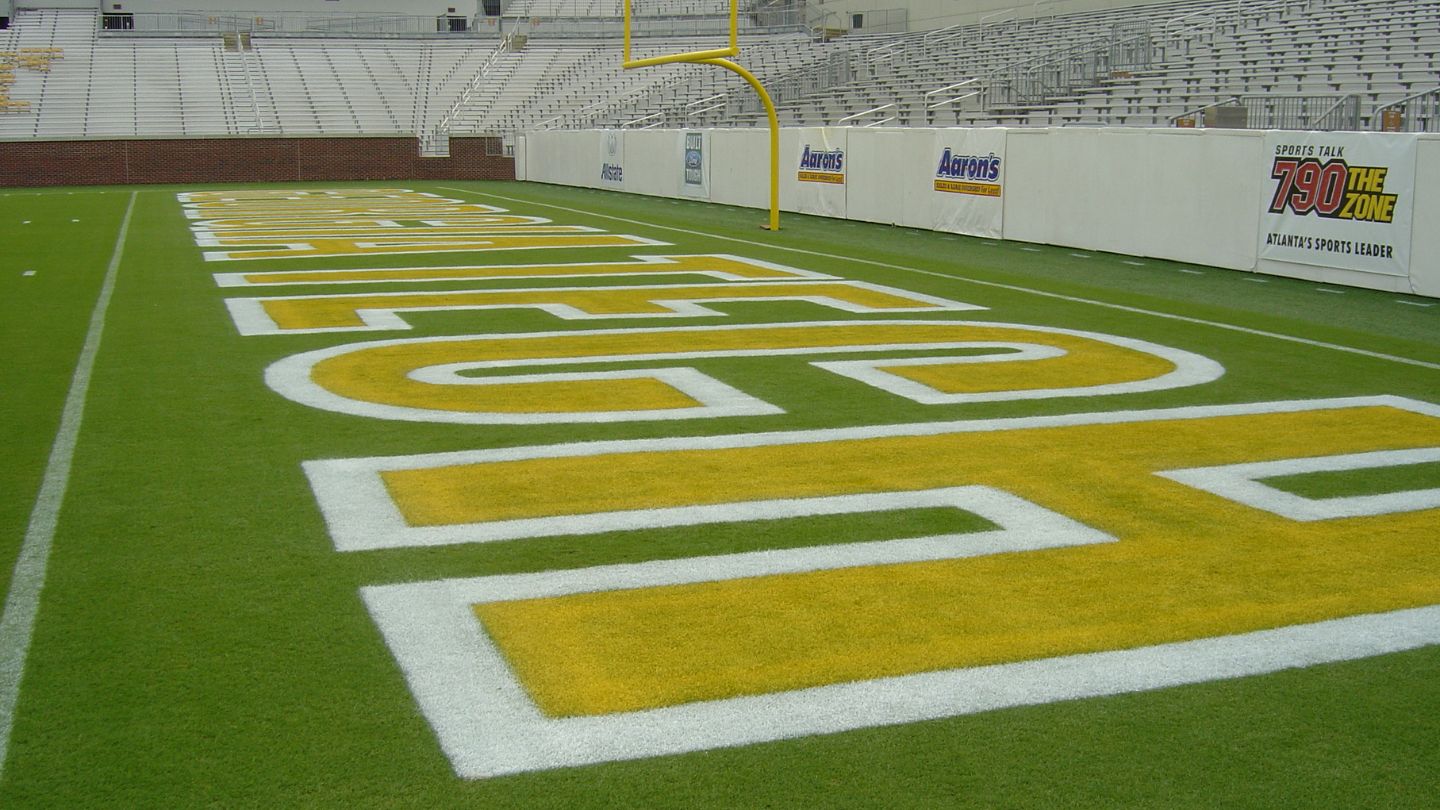 Robotic field marking systems offer significant efficiency advantages compared to traditional methods:
Robotic field marking systems offer significant efficiency advantages compared to traditional methods:
- Traditional methods are time-consuming, requiring multiple staff members and over five hours of labor.
- Robotic systems can drastically cut the time needed to prepare a field by up to 87.5%, helping to save time.
- This dramatic reduction in time allows facilities to optimize their schedules and accommodate more events.
The advanced systems used in the robotic field marking enable a seamless integration of technology and practicality. The Turf Tank robotic painter, for example, can set up field markings in about five minutes, enabling maintenance teams to swiftly move to other tasks. This efficiency boosts overall productivity and reduces the staff workload.
These systems require minimal oversight after setup, allowing a single operator to manage multiple devices simultaneously, significantly increasing efficiency in large facilities. Maintenance teams can then focus on more critical tasks, such as turf health, knowing that the field marking is being handled with high precision and reliability. This ability to multitask and streamline operations is a game-changer for sports field management.
Labor and Cost Savings
The labor and cost savings associated with robotic field marking systems are substantial. Automating the field marking process significantly reduces the need for manual labor, freeing staff to focus on other essential tasks. This not only enhances overall productivity but also minimizes labor costs, as fewer people are needed to achieve high-quality results.
Material costs are another area where robotic systems offer significant savings:
- Traditional field marking methods often result in excessive paint consumption due to human error and inconsistent application.
- Robotic systems can reduce paint consumption by 50-60%, leading to drastic reductions in material costs.
- This efficient use of resources aligns with environmentally responsible management protocols, contributing to sustainable practices in sports field maintenance.
Moreover, the overall cost savings are not just limited to labor and materials. The efficiency and precision of robotic systems result in fewer re-measurements and corrections, further reducing costs and contributing to labor savings. For facility managers, these time savings can be redirected towards other critical areas, such as equipment upgrades or facility improvements, enhancing the overall quality and functionality of the sports complex.
Consistent Results Across Multiple Fields
Consistency is key when it comes to marking multiple sports fields. Robotic line markers excel in this area, providing uniform and high-quality results across different types of fields. Whether it’s a soccer field, a football field, or an athletic field, these robotic systems ensure that every line is perfectly aligned and consistent with the designated layout of field lines.
The versatility of robotic field painters includes:
- Handling various sports surfaces such as soccer, football, rugby, and lacrosse
- Being valuable tools for facility managers who oversee multiple fields
- Utilizing global navigation satellite systems to replicate pre-programmed field layouts with pinpoint accuracy
- Eliminating manual measurement errors
Uniformity in line placement is not just about aesthetics; it also plays a crucial role in the functionality of sports fields. Consistent markings help athletes develop muscle memory and spatial awareness, contributing to better performance and reducing the risk of injuries. For officials and coaches, clear and accurate boundaries ensure fairness and compliance with game regulations, enhancing the overall quality standards of the sporting experience. Additionally, proper attention to sports field lines can further improve the clarity of these boundaries.
Environmental Benefits of Robotic Field Painting
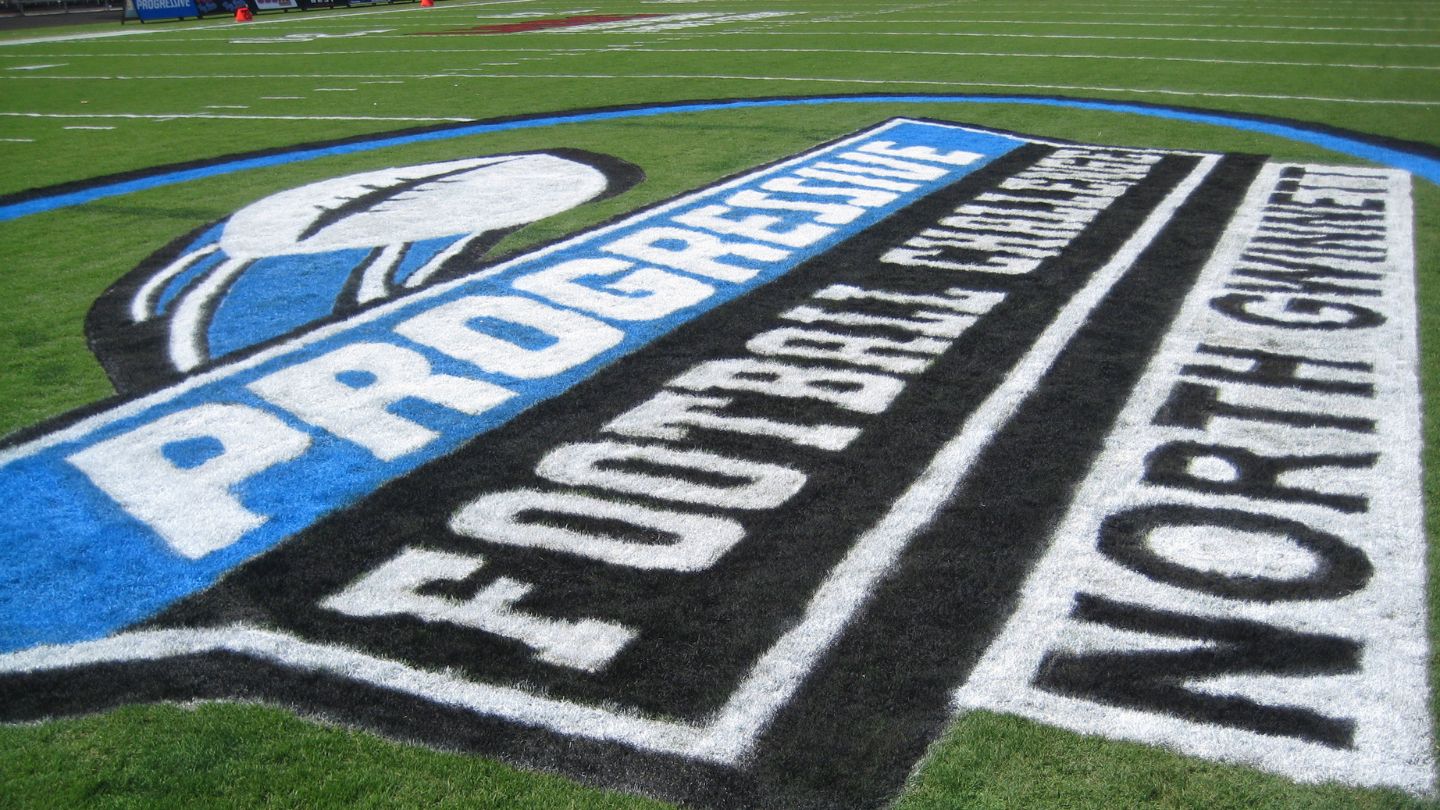 Robotic field marking systems also offer significant environmental benefits, including reduced paint consumption by up to 50% compared to traditional methods, leading to less waste and lower material costs. This benefits the environment and aligns with sustainable sports field maintenance practices. Improving sustainability also involves evaluating paint options, and understanding the ultimate guide to robotic field marking paints vs aerosol field marking helps facilities choose eco-friendly materials that further reduce waste and enhance long-term field performance.
Robotic field marking systems also offer significant environmental benefits, including reduced paint consumption by up to 50% compared to traditional methods, leading to less waste and lower material costs. This benefits the environment and aligns with sustainable sports field maintenance practices. Improving sustainability also involves evaluating paint options, and understanding the ultimate guide to robotic field marking paints vs aerosol field marking helps facilities choose eco-friendly materials that further reduce waste and enhance long-term field performance.
The precise application of aerosol paint by robotic systems reduces the likelihood of chemical runoff, which can be harmful to the surrounding environment. Additionally, the electric operation of robotic field painters contributes to a lower environmental impact compared to gas-powered alternatives. This shift towards eco-friendly technology is driven by the growing demand for sustainable solutions in the sports industry, which often requires less paint. The painting process is essential in achieving these eco-friendly advancements.
Innovation in the robotic field marking continues to focus on reducing material waste and improving paint quality. The development of eco-friendly paints and advanced paint application techniques further enhances the environmental benefits of these systems. Robotic field painting represents a significant step towards achieving green initiatives for sports facilities, particularly with the use of field paint.
User-Friendly Technology
The user-friendly nature of robotic field markers makes them accessible to a wide range of users, from experienced turf managers to those new to the technology. Key takeaways include:
- Simple and intuitive tablet interfaces that are easy to operate
- Live demonstrations to showcase functionality
- Short training sessions to ensure quick learning regardless of prior experience
The design of robotic field markers prioritizes ease of use and manageability. Companies often provide comprehensive training and support to help users get the most out of the technology. This accessibility ensures that facilities of all sizes can benefit from the precision and efficiency offered by robotic systems, without the need for extensive technical knowledge or expertise.
The seamless integration of advanced systems and user-friendly technology results in high-quality finishes and consistent results. For facilities looking to upgrade their field marking processes, robotic systems and automated systems offer a straightforward and effective solution that enhances the overall quality and functionality of their sports fields.
Future Trends in Robotic Field Marking
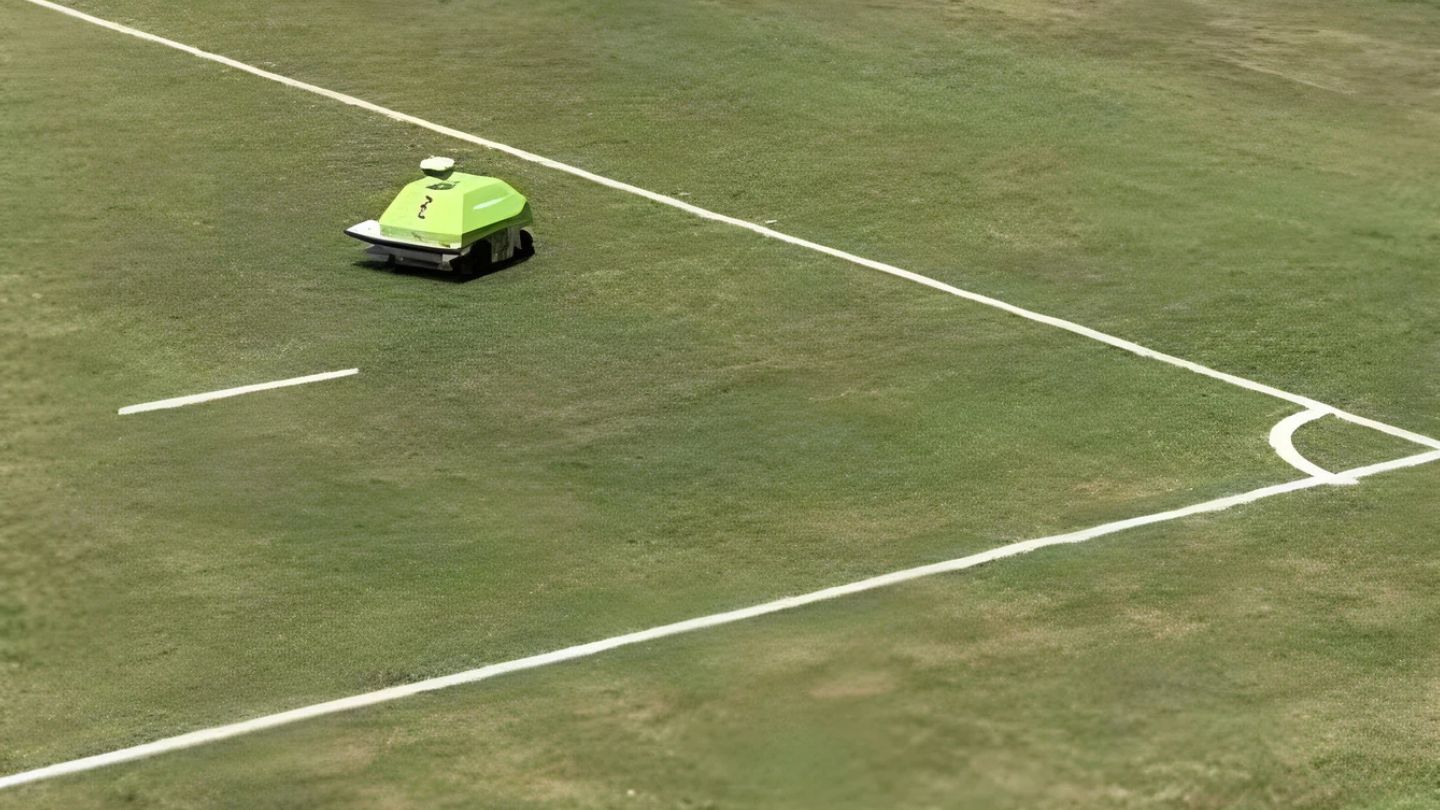 The future of robotic field marking looks promising, with several exciting trends on the horizon. One such trend is the development of multi-colored lines and drone assessments, which can provide more dynamic and efficient marking capabilities. These advancements will allow for more intricate and visually appealing field designs, enhancing the overall sports experience.
The future of robotic field marking looks promising, with several exciting trends on the horizon. One such trend is the development of multi-colored lines and drone assessments, which can provide more dynamic and efficient marking capabilities. These advancements will allow for more intricate and visually appealing field designs, enhancing the overall sports experience.
Emerging technologies like AI and machine learning will significantly impact the evolution of robotic field marking. These new technologies will enable line-marking robots to adapt and optimize their tasks, increasing their autonomy and efficiency through robotics technology. Cloud connectivity will enhance operational efficiency through remote monitoring and data management of multiple robots.
The line-marking robot market is projected to grow at an annual rate of 15.5% from 2025 to 2031, indicating a rising interest among sports facilities. As more facilities recognize the benefits of robotic field marking, we can expect to see continued innovation and adoption of these advanced systems, paving the way for a new era in sports field maintenance.
Driving Precision and Performance
Robotic field marking technology sets a new standard for sports and turf maintenance by delivering exceptional accuracy and time savings. Advanced GPS guidance and automation eliminate the inconsistencies of manual methods, ensuring clean, professional lines every time. These innovations cut labor demands, reduce material waste, and improve overall field presentation, making them a smart investment for long-term efficiency and performance.
At US SPECIALTY COATINGS, we offer high-performance robot field marking paints engineered to complement robotic systems and maximize their precision. Our team provides expert guidance and top-quality products to help you maintain professional-grade fields with less effort and greater consistency. Contact us today to upgrade your field marking process with advanced solutions that deliver measurable results.
Frequently Asked Questions
What are the main benefits of robotic field marking systems?
Robotic field marking systems provide unmatched precision and efficiency, resulting in significant cost savings and environmental benefits. They consistently deliver high-quality results across various fields while minimizing labor and material expenses.
How do robotic field markers achieve such high precision?
Robotic field markers achieve high precision through advanced GPS technology, allowing for centimeter-level accuracy in line placement, which minimizes human error and ensures consistent, professional results.
Are robotic field marking systems easy to use?
Robotic field marking systems are easy to use, featuring intuitive tablet interfaces that require minimal training. This accessibility allows users of all experience levels to operate them effectively.
Can robotic field markers handle different types of sports fields?
Yes, robotic field markers are versatile and capable of handling various sports surfaces, ensuring uniform and high-quality results across different fields.
What future trends can we expect in robotic field marking technology?
You can anticipate advancements in the robotic field marking technology, such as multi-colored line marking, increased autonomy through AI and machine learning, and enhanced remote monitoring enabled by cloud connectivity. These innovations will significantly improve the efficiency and versatility of marking systems.








